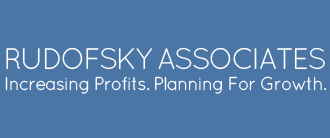What Does it Take to be a Superforecaster?
What business wouldn’t benefit from having a “superforecaster” to accurately inform management about relevant future trends and to guide superior decision making?
In their fascinating book, Superforecasting, The Art and Science of Prediction, authors Tetlock and Gardner highlight characteristics of the 2% who have proven themselves vastly more accurate than the rest of us at making accurate forecasts of future events. Superforecasters are:
- accustomed to taking the outside view on questions, to validate their forecasts
- comfortable making quantitative forecasts, using percentages of likelihood as opposed to saying “possibly,” “probably,” etc.
- adept at making small, ongoing calibrations to their forecast over time
As a consultant I would say that even if you don’t have the luxury of having your own superforecaster you can benefit from these practices. Companies of all sizes should consider outside factors in making business decisions, and not rely on just one original forecast. You’d be surprised how often businesses ignore new information which could and should be the basis for doing an updated forecast. The best organizations go back and revisit forecasts more than once, which allows them to stay ahead of the game.
I am also a big proponent for the importance of getting information flowing across the organization to make better business decisions, and Tetlock and Gardner’s research backs that idea up as well. They report that teams are 23% more accurate at forecasting than individuals. They also note that the teams that were superior at forecasting had “no hierarchy, no direction, and no formal leadership.” Which I take to mean, leaders need not head up the forecasting team and input should come from all levels of the organization.
So if you are a business owner who wants to base your business decisions on better forecasts of future events, task a team to do the forecasting. And, have the team members read Tetlock and Gardner’s book, it is very insightful about the factors that lead to better forecasting, and better business results.


